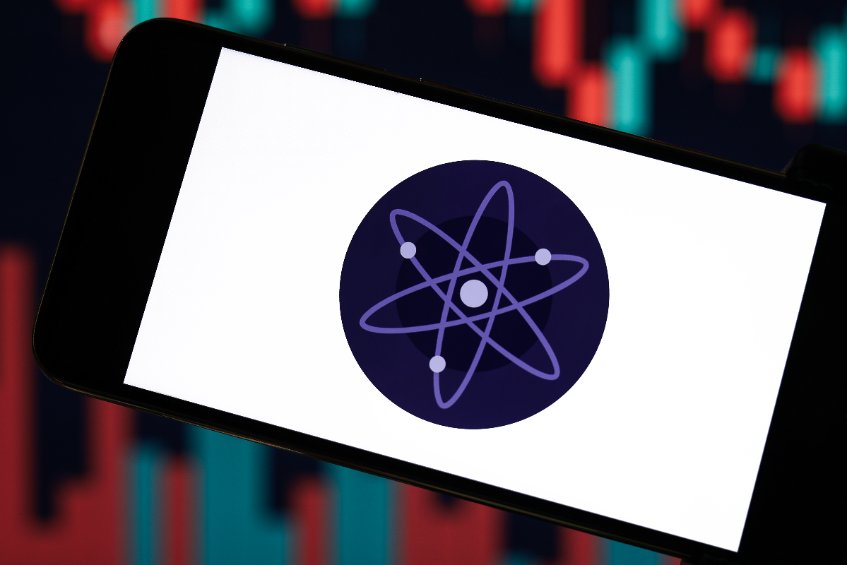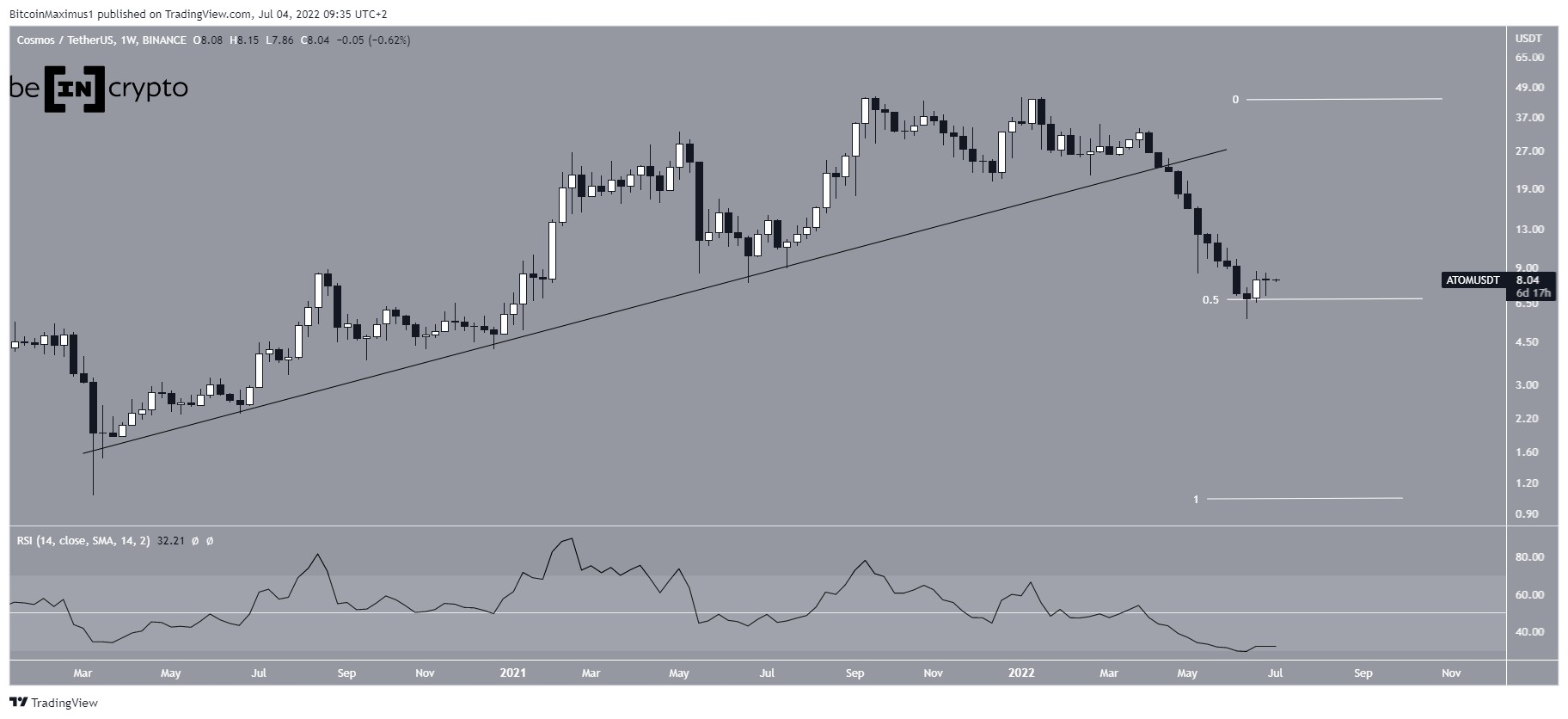2018-10-17 22:41 |
To get into what the Cosmos Network does will take unravelling the components and the problems they solve. In a nutshell, Cosmos Network is an internet of blockchains. Cosmos networks together all kinds of blockchains by leveraging the advantages of Tendermint and the Inter-Blockchain Communication protocol (IBC). Projects pegged or built into the Cosmos Network are able to exchange tokens between each other natively. Think of atomic swaps but for everyone! Altogether, Cosmos is a network for better interoperability between blockchains of all types. How the Cosmos Network Works Before jumping into what is possible on the Cosmos Network it’s important to first visit what made this achievable, Tendermint. Tendermint Tendermint is a launch pad for building blockchain applications on top of. To understand a bit of what that means, know that there are three conceptual layers to a blockchain: networking, consensus, and the application layer. Tendermint prepackages the networking and consensus layers so that teams can focus on their applications and bypass hundreds of hours of complex code.
The basic Tendermint software stack
Tendermint is not a blockchain itself, rather an open-source developers tool. It is a customizable foundation for blockchain applications. A particular caveat is that Tendermint’s consensus is a proof-of-stake (PoS) algorithm. This can reconfigure to other forms of PoS like a Delegated PoS or Proof of Authority consensus, for example. Favouring the PoS model is a large part of what enables Tendermint’s interoperability along with instant finality, thousands of transactions per second, and increased security. Connecting the Dots with IBC The next piece in the Cosmos Network is the Inter-Blockchain Communications protocol (IBC). This software links together the zones and hubs within the network and allows the exchange of tokens between heterogeneous chains. It’s important to note that Cosmos refers to the individual applications as heterogeneous chains. This is because each chain or application within the network has their own sovereignty and layer architecture. In short, this means IBC can connect chains despite each one having their own software stack (rooted in Tendermint) and independent governance. The main advantage of IBC is the exchange of tokens between chains. Tokens from one chain can be represented on another. Here’s an example, Mia wants to send 25 tokens from chain A to chain B. To do so, Mia’s 25 tokens on chain A lock with a proof sent to chain B. Next, chain B watches to see if more than two thirds of chain A’s validators have signed the proof that Mia’s 25 tokens remain locked on their original chain. When the proof is valid, Mia gets 25 tokens on chain B. Overall, IBC is the tunnelling and mechanics that allows chains to connect to each other. The Network: Hubs and Zones Now that we’ve covered what Tendermint and IBC have, how does Cosmos actually build an internet of blockchains? The solution: network hubs. Hubs on the network act as the central ledgers for each of the individual chains also called zones. Hubs are the ledgers for the token swapping between the zones. Without hubs in the network, Cosmos would be a series of daisy-chained blockchains. The exchange of tokens between blockchains of this type puts a lot of pressure on trusting the source of the token, in particular, their validators. This issue compounds as tokens move along the network from chain A to chain B to chain C, and so on. Each time requiring the receiving chain to trust all sets of validators before them exponentially. Hubs in the network alleviate this by having zones connect to them, instead of directly to each other. If zones limit their connections to only other hubs, then the risk of double spending or tokens being unfrozen is dramatically reduced. Zones do not need to trust other zones directly or the ones that passed on tokens before them. They only need to account for trusting the hubs.A simplified look at the Cosmos Hub and zones
The first hub in the Cosmos Network is the Cosmos Hub, a Proof-of-Stake blockchain layered over Tendermint. To fuel the Cosmos Hub, there are two tokens, Atoms and Photons. Cool names aside, the Atom is the staking coin used for governance on the Cosmos Hub. The fee coin in the ecosystem is the Photon, used to move tokens around the network as well as pay fees. The Missing Link You may be thinking up to this point that anything in the Cosmos Network would have to play by the rules of the Tendermint Core. Namely that only PoS blockchains can participate in the network since Tendermint is at the core of each of the zones. The good news is that the Cosmos team has also been thinking about this and did something about it. To understand what the challenge was, there are two categories of chains that the Cosmos Network defines based on finality. Firstly, fast-finality chains. These are the easy chains since fast-finality chains are already compatible with IBC. PoS blockchains can use IBC just as Tendermint does and directly connect into hubs and zones. The less easy chains are probabilistic-finality chains. These blockchains, like PoW chains, are instead layered over a fast-finality consensus like Tendermint Core and create a Peg-Zone. So far the Cosmos Network is going to create an Ethereum Peg-Zone called Ethermint and admits that creating Peg-Zones for every probabilistic-finality blockchain is “theoretically possible” but challenging. About Cosmos Network There’s a bit of a backstory to the Cosmos Network. However, the condensed version is that the network was largely built by the same team that engineered its foundational component, Tendermint Core. All in Bits, the company behind Tendermint, is now building out the Cosmos network under the umbrella of the Interchain Foundation (ICF). The ICF was founded to help “facilitate the next generation of blockchain technology” with a goal to build an internet of blockchains. The team working on the Cosmos Network is fairly large and lead by the cofounders Ethan Buchman and Jae Kwon (not at all affiliated with the rapper J-Kwon, sadly).The Cosmos Hub Atom token distribution
Both the ICF and All in Bits have been proposed to receive portions of the Atom tokens on the launch of the main net. The tokens All in Bits and the ICF receive will bootstrap the development of the network and foster its growth over a two-year vesting schedule. Coin Supply and Sustainability For now, the Atom coin will not be tradable until the main net launches. However, the public and private rounds of fundraising have concluded but the token supply is still yet to be decided. The proposed token distribution is 75% for Fundraisers, 10% for the Interchain Foundation, 10% for All in Bits Inc, and 5% for seed investors. ***Please note that currently traded tokens $ATOM and $CMOS are not tokens native to the Cosmos Network. I would have some caution about trading those two low-cap coins, possible imposters. Conclusion With some time still before the main net launch, Cosmos Network is developing towards their goals and are testing components like on-chain governance within their test net. The ambition of the project is impressive, however, they seem to not be rushing into anything. They are taking the necessary steps to plug together the various components like Tendermint and IBC. Adoption of Tendermint Core by developers will be vital to the growth of the network. As well as getting other popular coins pegged into the ecosystem. Overall, the project is still nascent and has lots of pavement left on their roadmap. Cosmos Networks wants to wrangle in the siloed chains of the world into one beautiful internet of blockchains. It’s a lofty goal but might be a vital idea for progressing blockchain into another phase of adoption and usage.
The post What is Cosmos Network (ATOM) | A Beginner’s Guide to the Internet of Blockchains appeared first on CoinCentral.
origin »Atomic Coin (ATOMIC) на Currencies.ru
|
|







